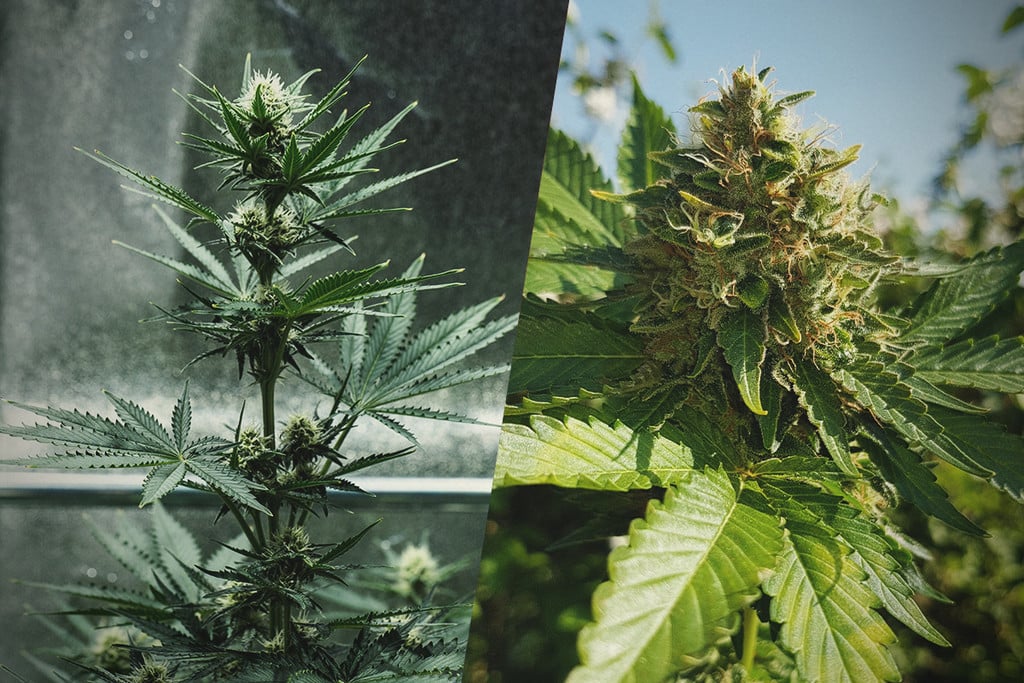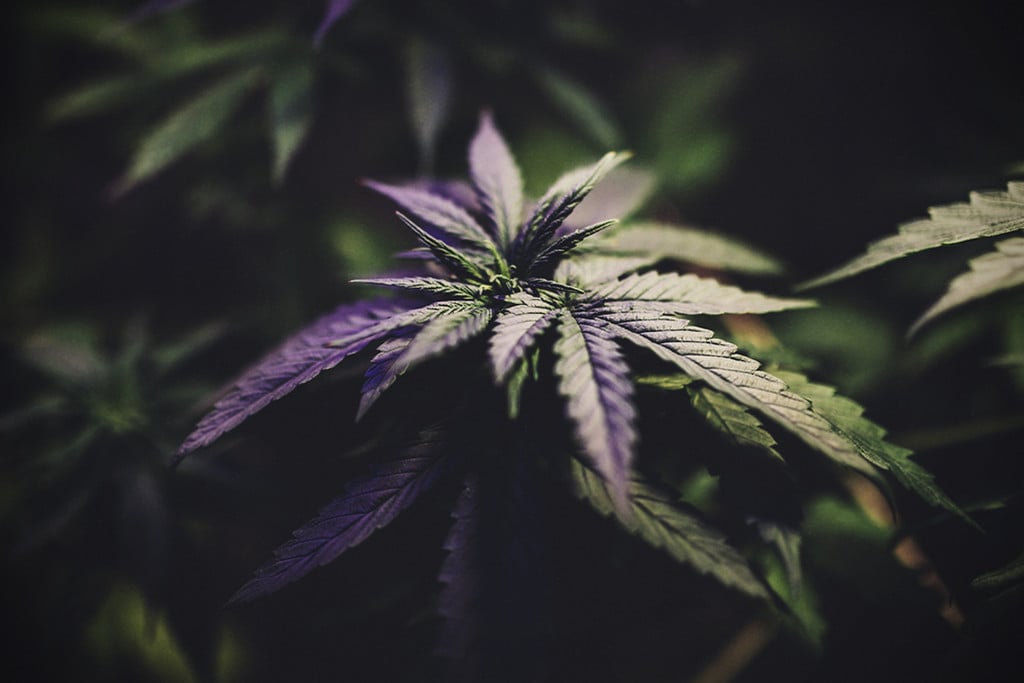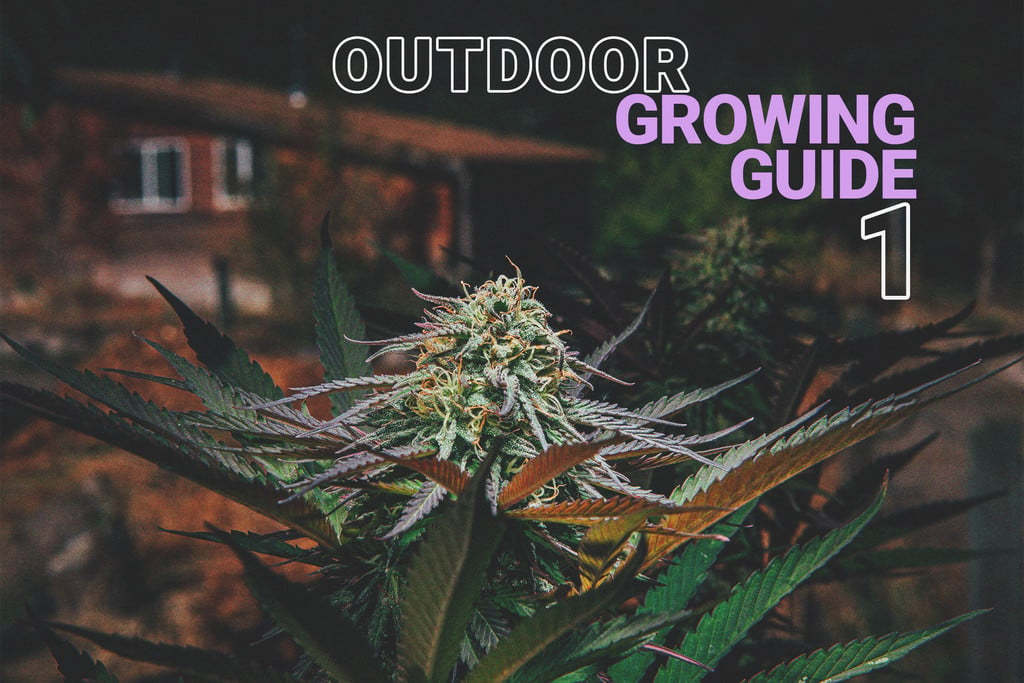.

What Is Light Deprivation And How Does It Affect Cannabis?
Light deprivation is a valuable technique for growers looking to speed up the flowering process, or those living in wet, colder climates. Find out the pros and cons of "light dep," and see how to use it to achieve two or more harvests per season!
Contents:
-
When can i use light deprivation?
- What is a good time for flowering before the weather gets bad?
- Light dep technique: how to cover your plants?
- Plan your light dep project well
- Don’t underestimate the size of your plants
- When is the best time to cover your plants?
- Windowsill growing indoors can be ideal for light dep
- Automating your light dep grow
- Use light deprivation for two harvests per season
- What about autoflowering strains and light deprivation?
The light deprivation or “light dep” technique allows you to control the hours of light your outdoor cannabis plants receive. When you trick your plants into thinking that the shorter light periods of fall are beginning, they will speed up the flowering process. The benefit of this is that you can make your plants flower at will. This will allow you to achieve two or more outdoor harvests per season! When your plants are budding in summer as opposed to fall, this can have even more advantages. Let’s take a closer look at light deprivation for cannabis and how to make use of it for a better harvest.
WHEN CAN I USE LIGHT DEPRIVATION?
For most European growers, plants receive on average 12.5 hours of light in September. In the winter months, however, the days will be quite short with plants only getting about 7-9 hours of light. Most of the time, outdoor marijuana crops will finish their flowering in October with some strains waiting all the way until November.
The cool temperatures and rainy weather throughout most of northern Europe in late fall means a significant risk for bud rot. With the light deprivation technique, you can force your plants to bud as early as July. The intense sunlight and higher temperatures of the summer can improve the quality of your bud, minimising the risk for mold and rot. From July on, when the natural sunlight hours start decreasing, you won’t need to keep using the light dep technique as your plants will have already moved into flowering.

WHAT IS A GOOD TIME FOR FLOWERING BEFORE THE WEATHER GETS BAD?
Some growers prefer to use light deprivation on their plants at the beginning of July. If you ensure that your plants get only 12 hours of sunlight, they will begin flowering. After three weeks with your light deprived plants in flower, you won’t need to cover them any longer since the days will be sufficiently short. Pretty much any strain grown this way should be ready for harvest long before the weather gets too ugly!
LIGHT DEP TECHNIQUE: HOW TO COVER YOUR PLANTS?
How to cover your plants will depend first and foremost on how many you have. But regardless of whether you only have a couple outdoor palnts, or want to cover-up an entire greenhouse, what’s important is that your cover is 100% light-proof. Using any material that allows light to filter through, or leaving any gaps in coverage could prevent your plants from flowering or lead to hermies.
The easiest way to make a cover for your plants is with a thick, light-proof plastic cover or some kind of tarp. You should be able to find suitable materials at any well-sorted grow store. With the help of some clothespins, you can easily make light-proof bags that will fit over your plants and their containers.
Black plastic bins of a suitable size can also be used for the light deprivation technique as long as they are fully light-proof.
Alternatively, instead of covering up your plants, you can also move them to a dark room for the purpose of light deprivation. This may work well for a small number of plants grown in pots, but may become a big chore in the event of many plants. Furthermore, the requirement of moving your plants in and out on a daily basis may end up taking more effort than it’s worth.
PLAN YOUR LIGHT DEP PROJECT WELL
In theory, covering your plants isn’t rocket science. However, there are some things to consider before you start out with your light deprivation grow project.
First, know that cannabis is very sensitive to light in the dark/night cycle during the flowering phase. Your precious palnts really want to be left alone, undisturbed, and in complete darkness during these hours. Sometimes, even slight disturbances from accidental light exposure can make them grow poorly, leading to all sorts of problems.
Covering your plants effectively? Download the Pro Guide for expert tips on plant training, pot choice, and scheduling to maximise yield.
Free Advanced
Growing Guide!

Covering your plants under some type of container or light-proof tarp with the sun hitting can increase temperatures and create a higher risk of moisture buildup inside. So keep an eye on these things as well. If you can, move your covered plants to a shady area out of direct sun.

DON’T UNDERESTIMATE THE SIZE OF YOUR PLANTS
Your plants may be small right now, but they likely won’t stay that way. Many strains, sativas in particular, can stretch considerably when they flower and may reach gigantic proportions. It is relatively easy to underestimate the final size of some strains. Take this into account when coming up with an effective way to cover your plants. If you make or purchase covers that are too small, you run the risk of the technique failing.
WHEN IS THE BEST TIME TO COVER YOUR PLANTS?
It doesn’t matter whether you put a cover on your plants in the morning or the evening. But you need to be consistent and do this at the same time everyday so that your plants don’t get more than 12 hours of light. Once you start, you can’t change your schedule around during the light deprivation grow phase. Think about what works best for you; whether you want to do this in the morning or the evening.
Lastly, before you start with your “cover up activities,” you might want to consider whether moving your plants around or having a “bag” on them will raise suspicions with less-than-trustworthy neighbors. It can be a good idea to do your gardening duties at a time when it’s less likely to draw someone’s unwanted attention.
WINDOWSILL GROWING INDOORS CAN BE IDEAL FOR LIGHT DEP
Some growers don’t use a dedicated tent or a grow room, they simply grow marijuana on a windowsill. This can work fairly well assuming that the plants get plenty of sunlight through the window.
Such a windowsill can be an excellent way to implement the light deprivation technique because all you require are light depriving blinds or curtains. After your plants receive the necessary light exposure for that day, you can simply close the curtains or shut the blinds. No moving of your precious plants required and no covering of your plants! Some who grow this way on a sunny windowsill say that they get excellent results from it.

AUTOMATING YOUR LIGHT DEP GROW
No question, the requirement for consistency when you cover and uncover your plants on a daily basis can make such a project quite tedious. You will, after all, need to do this everyday for several weeks. And as if this isn’t already challenging enough, the plants unfortunately won’t handle mistakes or forgetfulness too well either. Expert growers who use light dep to maximise their harvests will normally automate the process.
The windowsill technique is a great example where you could automate things easily. For this, you only need a timer and an electric curtain rail. Simply set the timer, and all the light dep work will be taken care of for you!
USE LIGHT DEPRIVATION FOR TWO HARVESTS PER SEASON
Growers normally make use of light deprivation when they want to max out their harvests. The technique can help facilitate two, and in some cases, three harvests per outdoor season. A popular method is to grow a group of plants the “normal” way, and cultivate a separate group using light dep. The light deprived crops can then be harvested as early as August while the other plants will be ready in fall.
Know that cannabis light deprivation may not work equally for everyone. The best way to go about it depends on various factors, including your local climate and your plant’s environment. This is why some experimentation with light dep can be worthwhile. In time, you will find a way to achieve optimal results from this technique.
WHAT ABOUT AUTOFLOWERING STRAINS AND LIGHT DEPRIVATION?
Autoflowering cannabis strains have the advantage that they do not rely on the natural daylight cycles for their flowering period. Most autos will do fine with 13-18 hours of sunlight, with some growers even using a 24 hour light schedule. Since autos won’t respond to changes in light hours, using any light dep technique for these strains wouldn’t make much sense. However, growing autoflowering strains, in particular “super autos” that grow larger and produce bigger yields, can be a good alternative if you want to grow outdoors, but don’t want to rely on natural daylight hours.





































